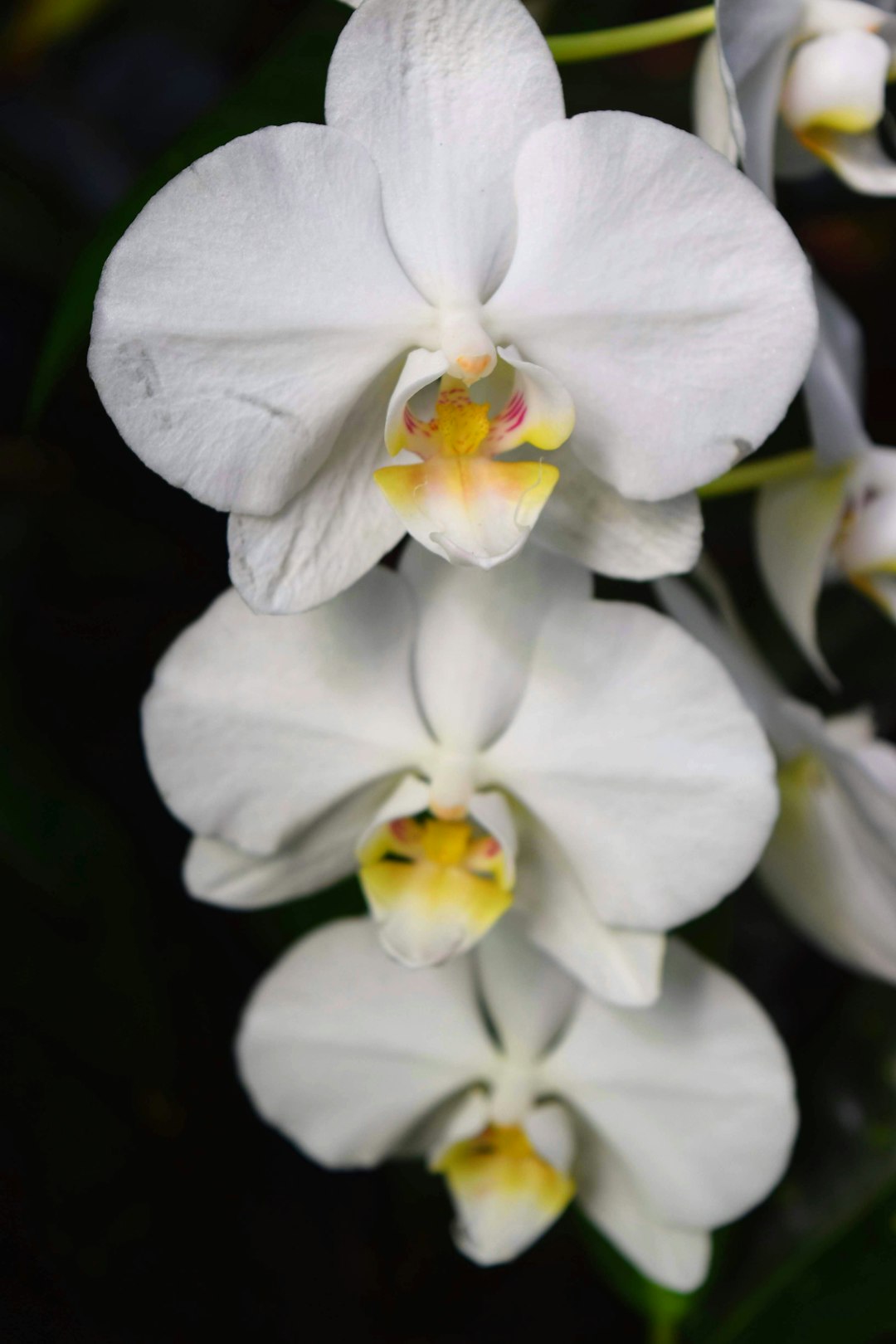Unveiling the Secrets of Pruning Rose of Sharon for a Stunning Shrub

When it comes to gardening, caring for trees and shrubs is an art that requires patience, knowledge, and a gentle touch. One particular shrub that often graces gardens with its beauty is the Rose of Sharon. This fast - growing, large shrub can be a showstopper in any landscape, but to keep it looking its best, proper pruning is essential. In this article, we'll explore some easy tips on how and when to prune the Rose of Sharon.
First, let's understand why pruning is so important for the Rose of Sharon. Pruning helps to shape the shrub, control its size, and promote healthy growth. It also encourages the production of more flowers, which is always a plus for any gardener. A well - pruned Rose of Sharon not only looks more aesthetically pleasing but is also more resistant to diseases and pests.
Now, let's talk about the best time to prune the Rose of Sharon. The ideal time for pruning this shrub is in late winter or early spring, before new growth begins. Pruning during this period allows the shrub to recover quickly and start producing new branches and flowers in the growing season. Avoid pruning in the fall, as this can stimulate new growth that may not have enough time to harden off before the cold winter months, leaving the shrub vulnerable to damage.
When it comes to how to prune the Rose of Sharon, there are a few key steps to follow. Start by removing any dead, damaged, or diseased branches. These branches not only detract from the shrub's appearance but can also spread diseases to healthy parts of the plant. Use sharp, clean pruning shears to make clean cuts at a 45 - degree angle just above a bud or branch junction.
Next, thin out the interior of the shrub. Overcrowded branches can limit air circulation and sunlight penetration, which can lead to poor growth and increased risk of diseases. Remove some of the older, thicker branches from the center of the shrub to open it up. This will also help the shrub develop a more balanced and attractive shape.
Another important aspect of pruning the Rose of Sharon is to control its height and width. If the shrub is getting too large for its space, you can prune back the branches to reduce its size. However, be careful not to over - prune, as this can stress the plant and reduce its flower production. Aim to remove no more than one - third of the shrub's overall growth in a single pruning session.
After pruning, it's important to take care of the Rose of Sharon to ensure its healthy recovery. Apply a layer of mulch around the base of the shrub to help retain moisture and suppress weeds. Water the shrub regularly, especially during dry periods, to keep the soil evenly moist. You can also fertilize the shrub in the spring with a balanced fertilizer to provide it with the nutrients it needs for healthy growth.
Pruning the Rose of Sharon is not a one - time task. It should be done regularly, at least once a year, to maintain the shrub's health and appearance. By following these easy tips on how and when to prune, you can keep your Rose of Sharon looking its best and enjoy its beautiful flowers for years to come.
In addition to these basic pruning techniques, there are also some advanced pruning methods that you can try if you want to achieve a specific shape or style for your Rose of Sharon. For example, you can train the shrub into a tree - like form by removing the lower branches and allowing a single trunk to develop. This can create a more dramatic and unique look in your garden.
You can also use pruning to encourage the Rose of Sharon to produce more lateral branches, which will result in a bushier and more compact shrub. To do this, make cuts just above a bud that is facing outward. This will cause the new growth to grow in the desired direction, creating a fuller and more attractive shrub.
When pruning the Rose of Sharon, it's important to pay attention to the overall health of the plant. If you notice any signs of pests or diseases, such as yellowing leaves, spots, or wilting, take appropriate action immediately. This may include treating the plant with pesticides or fungicides, or removing the affected branches to prevent the spread of the problem.
Finally, don't forget to clean your pruning tools after each use. This will prevent the spread of diseases from one plant to another. You can clean your pruning shears by wiping them with a cloth soaked in rubbing alcohol or a solution of bleach and water.
In conclusion, caring for trees and shrubs, especially the Rose of Sharon, is a rewarding experience. By learning the proper techniques of pruning, you can ensure that your Rose of Sharon remains a beautiful and healthy addition to your garden. So, grab your pruning shears and start shaping your Rose of Sharon today!